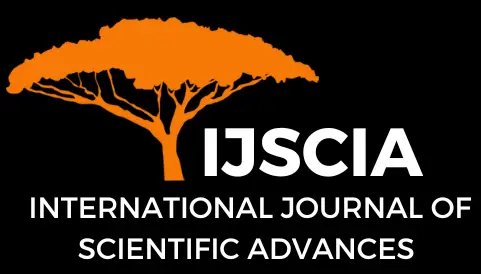Quality Control with Failure Mode and Effect Analysis (FMEA) And Fault Tree Analysis (FTA) Methods: Case Study Japanese Multinational Automotive Corporation
Jakfat Haekal
Abstract
Automotive Company is one of the manufacturing companies engaged in the automotive sector. This automotive company produces products for two-wheeled vehicles and four-wheeled vehicles. Based on the researchers’ data from January 2021 to May 2021, currently, the line site body has problems related to quality. During the production process, some products do not meet specifications and cause damage to the product. Research conducted at this automotive company found four types of defects: dents with a percentage of 52.48%, sharp spots with a percentage of 20.79%, stray spots with a percentage of 19.80%, and rust with a percentage of 6.93%. Two tools can assist quality control, namely the Failure Mode and Effect Analysis and the Fault Tree Analysis. From the research, an analysis of the causes of defects from all types of defects is given suggestions for improvements to the analysis. The results showed that the cause of the defect was dominated by operator error, namely not being careful in checking, not carrying out the work process properly and method factors, namely lack training for new operators and transfers to carry out work in the welding section.
Keywords
Automotive Company; Quality; FMEA; FTA
Cite This Article
Haekal, J. (2022). Quality Control with Failure Mode and Effect Analysis (FMEA) And Fault Tree Analysis (FTA) Methods: Case Study Japanese Multinational Automotive Corporation. International Journal of Scientific Advances (IJSCIA), Volume 3| Issue 2: Mar-Apr 2022, Pages 227-234, URL: https://www.ijscia.com/wp-content/uploads/2022/04/Volume3-Issue2-Mar-Apr-No.245-227-234.pdf
Volume 3 | Issue 2: Mar-Apr 2022



